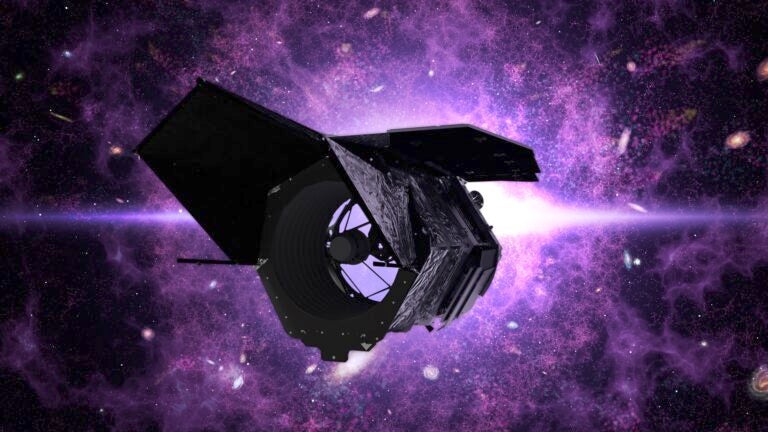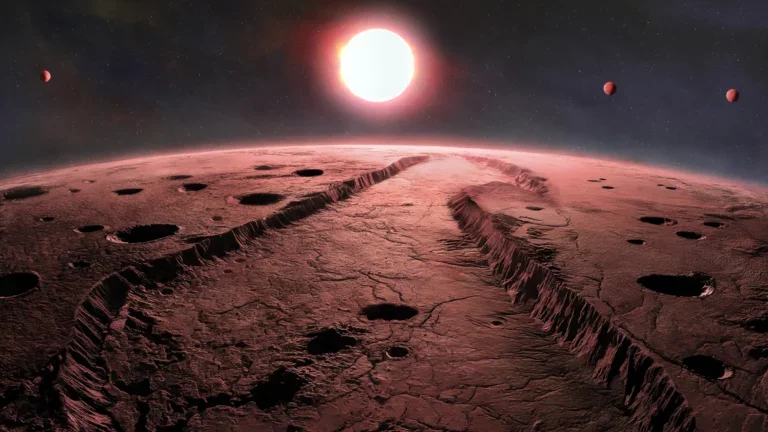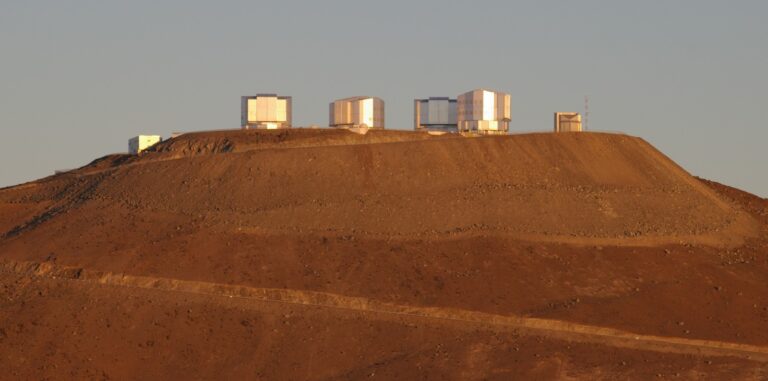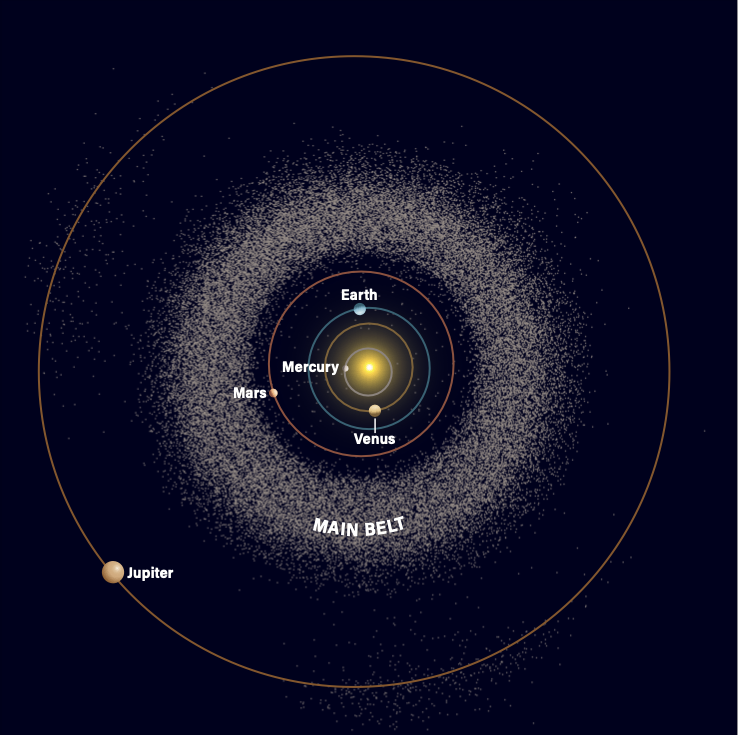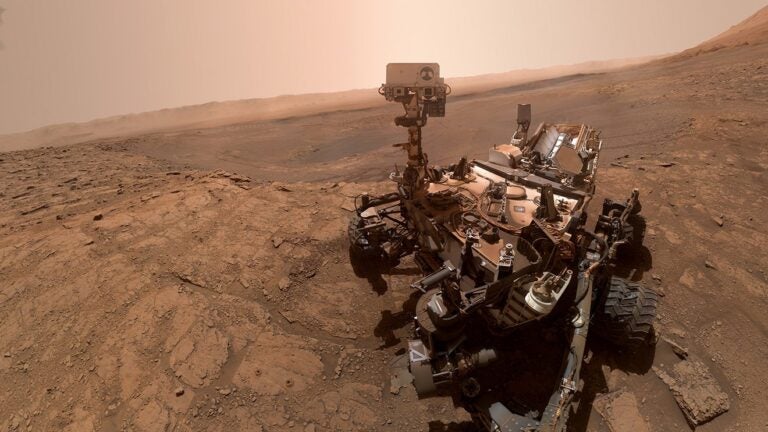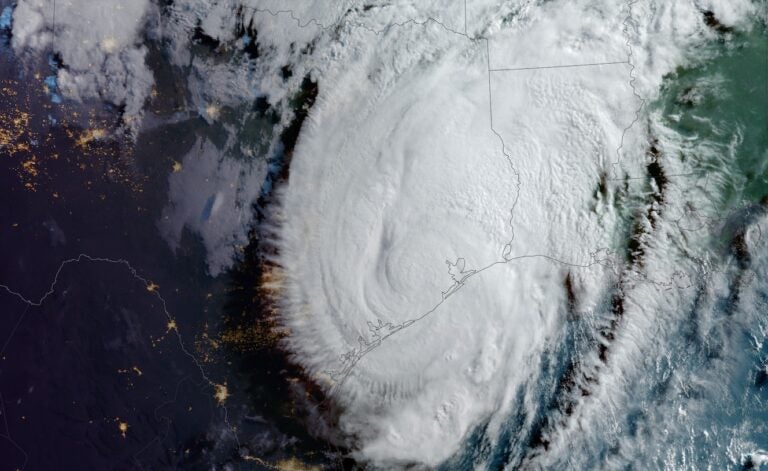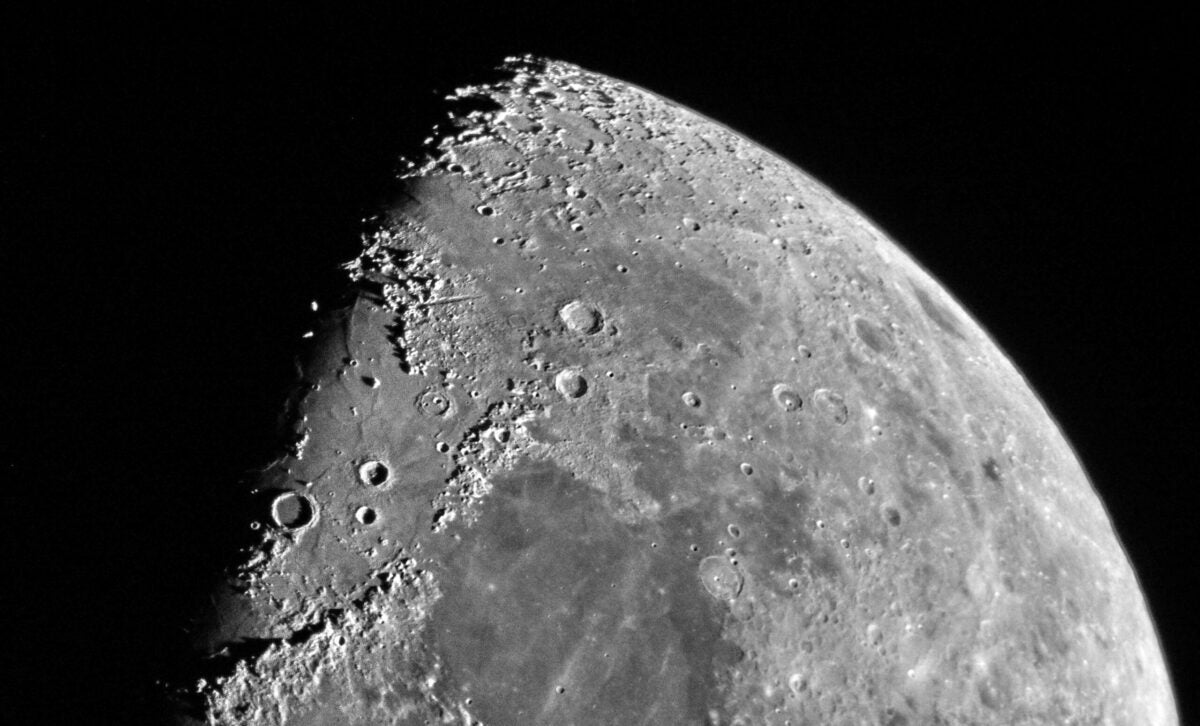
There are thousands upon thousands of questions related to the topic of astronomy, from the basics of the science to the complexities of the distant cosmos. Here are just 40 such questions that we as astronomers — professional and amateur — hear. I hope their answers help you explain some of these concepts to family, friends, or visitors at star parties.
1. Is Pluto a planet?
Not according to the International Astronomical Union (IAU), which demoted Pluto to dwarf planet status in 2006 after setting forth several criteria for planethood that it does not meet. This change remains controversial.
2. How many orbits has the Hubble Space Telescope made?
As of its upcoming 35th anniversary, on April 24, 2025, Hubble will have circled our world approximately 191,756 times. It takes about 95 minutes to complete a single orbit.
3. How much larger is Earth than the Moon?
Our planet’s diameter is 3⅔ as large as the Moon’s. In other words, the Moon’s diameter is 27.3 percent of Earth’s. However, if we were to compare their volumes, Earth’s is 50 times larger than the Moon’s, so the Moon’s volume is just 2 percent that of Earth.
4. How many constellations do the moon and planets pass through?
In addition to the 12 zodiacal constellations, the Moon can appear in front of stars in Auriga, Cetus, Corvus, Ophiuchus, Orion, and Sextans. And in addition to those 18, the planets can appear in six more: Canis Minor, Crater, Hydra, Pegasus, Scutum, and Serpens.
5. How much of sunlight is light?
What we call “sunlight” is actually a mixture of visible light, infrared radiation (heat), and ultraviolet radiation. When light leaves the Sun, the mixture is about 43 percent visible, 49 percent infrared, and 7 percent ultraviolet. But after the sunlight interacts with our atmosphere, which reflects some and absorbs some, what reaches the surface has a larger percentage of visible light. The amount of infrared stays roughly the same, while the amount of ultraviolet light decreases slightly.
6. On average, how many meteors can you see?
For this answer, we’re considering sporadic meteors — those not associated with any meteor shower. The hourly rate of sporadic meteors varies throughout the year. The rate is lowest in March, with about two to four meteors per hour, and rises to four to eight per hour in September. The rate also rises based on the time of night. These numbers are for early evenings. But if you observe in the hour before dawn, double them.
7. What does E=MC2 mean?
This is possibly the world’s most famous formula. Albert Einstein used it to explain how stars produce energy. In the equation, E stands for energy, m is for mass, and c is the speed of light. That’s already a large number, so it becomes colossal when you square it. Thus, nuclear fusion in stars converts tiny amounts of mass into huge amounts of energy.
8. Which planet is hottest?
Although Venus lies 90 percent farther from the Sun than Mercury, Venus is the hottest planet in our solar system. The reason is the thick layer of carbon dioxide clouds, which create a planetwide greenhouse effect. Venus’ surface temperature is an astounding 867 degrees Fahrenheit (464 degrees Celsius) — hot enough to melt both tin and lead.
9. Is the North Star the brightest star?
No, the North Star, also known as Polaris and Alpha (α) Ursae Minoris, comes in as the 46th brightest (with a magnitude of 1.97) on the IAU’s list of named stars as of Jan. 1, 2021. It is a variable star, though, so sometimes it can rise to 39th brightest and at other times fall to 62nd. The brightest star in the sky, Sirius (Alpha Canis Majoris), is visible from both hemispheres.
10. What is absolute zero?
It is the coldest temperature possible. It’s 0 on the Kelvin scale, –459.67 degrees on the Fahrenheit scale, and –273.15 degrees on the Celsius scale. In 2021, a research team set the record for the coldest temperature achieved: 38 picokelvins (0.000000000038 K). For reference, the background temperature of the universe is approximately 2.7 K.
11. Why is Halley’s Comet famous?
The main reason is that it was the first comet whose return was predicted. In 1705, British astronomer Edmond Halley declared that the comets that appeared in 1531, 1607, and 1682 were appearances of the same comet. He further predicted that it would return in 1758, which it did. Another reason Halley’s Comet is famous is because it holds the title as the most frequently seen comet — it’s been seen a total of 30 times throughout history.
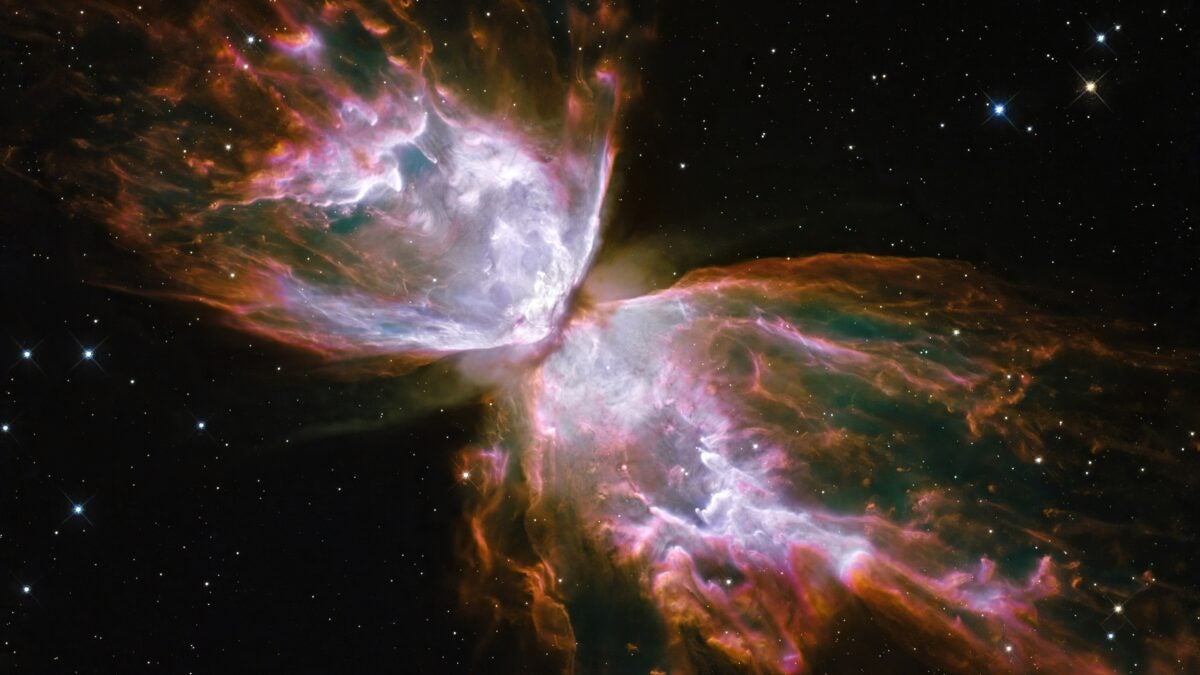
12. Which naked-eye star is the brightest?
You might want to say the Sun. But that’s just because of proximity. If all stars visible to just our eyes were placed at the same distance (which astronomers have set at 32.6 light-years), the brightest would be Eta (η) Carinae, a variable star that usually glows around magnitude 4.5. It would shine at magnitude –8.6, some 230,000 times as bright as our Sun at that same distance.
13. What is the New General Catalogue?
The New General Catalogue of Nebulae and Clusters of Stars is a list of deep-sky objects in order of right ascension. Compiled by Danish astronomer John Louis Emil Dreyer and published in 1888, the NGC contains 7,840 objects. A few of the many famous objects within it are NGC 2359 (Thor’s Helmet), NGC 6822 (Barnard’s Galaxy), and NGC 6543 (the Cat’s Eye Nebula).
14. How many active meteor showers occur each year?
The American Meteor Society divides meteor showers into four classes. Class I showers are the major ones, such as the Perseids and Geminids. Nine of those happen annually. Then there are minor showers (Class II), variable showers (Class III), and weak showers (Class IV). These total at 18, 8, and 65, respectively, bringing the grand total to 100 annual showers.
15. How close is the nearest galaxy to Earth?
If the Canis Major Dwarf Galaxy, discovered in 2003, turns out to be a true galaxy that is being torn apart by its interaction with the Milky Way, it is closest at 25,000 light-years away. If it isn’t a galaxy, then the Sagittarius Dwarf Elliptical Galaxy, which lies some 78,000 light-years away, is closest.
16. How can you calculate the magnification of an eyepiece?
You’ll need two numbers: the eyepiece’s and telescope’s focal lengths. All eyepieces have their focal length printed on them. When it comes to telescopes, it’s often shown on the tube or on the ring around the front of the scope. If not, look in the owner’s manual. To find the magnification, divide the focal length of the telescope by the focal length of the eyepiece. (Don’t forget that they must be in the same units.)
17. What would a 150-pound person weigh on the Moon, Mars, and Jupiter?
If your scale reads 150 pounds (68 kilograms) on Earth, it would say 24.9 pounds (11.3 kg) on the Moon and 56.5 pounds (25.6 kg) on Mars. Jupiter doesn’t have a solid surface, but at its cloud tops, your weight would read 354 pounds (160.6 kg). (Note that your mass in kilograms would never actually change, but your scale is calibrated for Earth and would change its readout.)
18. What is the Oort Cloud?
It’s a sphere of perhaps trillions of planetesimals (small rocky or icy bodies) that surround the solar system. Dutch astronomer Jan Oort proposed the idea in 1950. The closest Oort Cloud bodies lie roughly 2,000 astronomical units (AU; 1 astronomical unit is equal to the average Earth-Sun distance of 93 million miles [150 million kilometers]) away. The farthest are 200,000 AU away, three-quarters of the way to the nearest star.
19. After the Sun, which star lies closest to earth?
Most answers to this question are “Alpha Centauri.” While correct in a general sense, Alpha — also known as Rigil Kentaurus — is a triple star. The two brightest components, Alpha Cen A and Alpha Cen B, lie 4.34 light-years away. Alpha Cen C (also called Proxima Centauri), however, is closer, at a distance of 4.24 light-years. Not much, you say? It’s more than 265,000 AU!
20. How far from Earth are the two Voyager spacecraft?
As of this writing, Voyagers 1 and 2 lie 15.37 billion miles (24.7 billion km) and 12.8 billion miles (20.6 billion km) away, respectively. You can see their current distances at http://science.nasa.gov/mission/voyager/where-are-they-now.
21. How far does our solar system extend?
Astronomers define the edge of our solar system as the distance where the Sun’s gravitational influence falls to zero. This is a bit farther than the Oort Cloud. (See question No. 18.) In 1964, Russian astronomer Gleb Alexandrovich Chebotarev calculated the edge of the solar system to be 230,000 AU from the Sun. If the Oort Cloud doesn’t stretch as far as some researchers think, the extent of the solar system could be half of Chebotarev’s estimate.
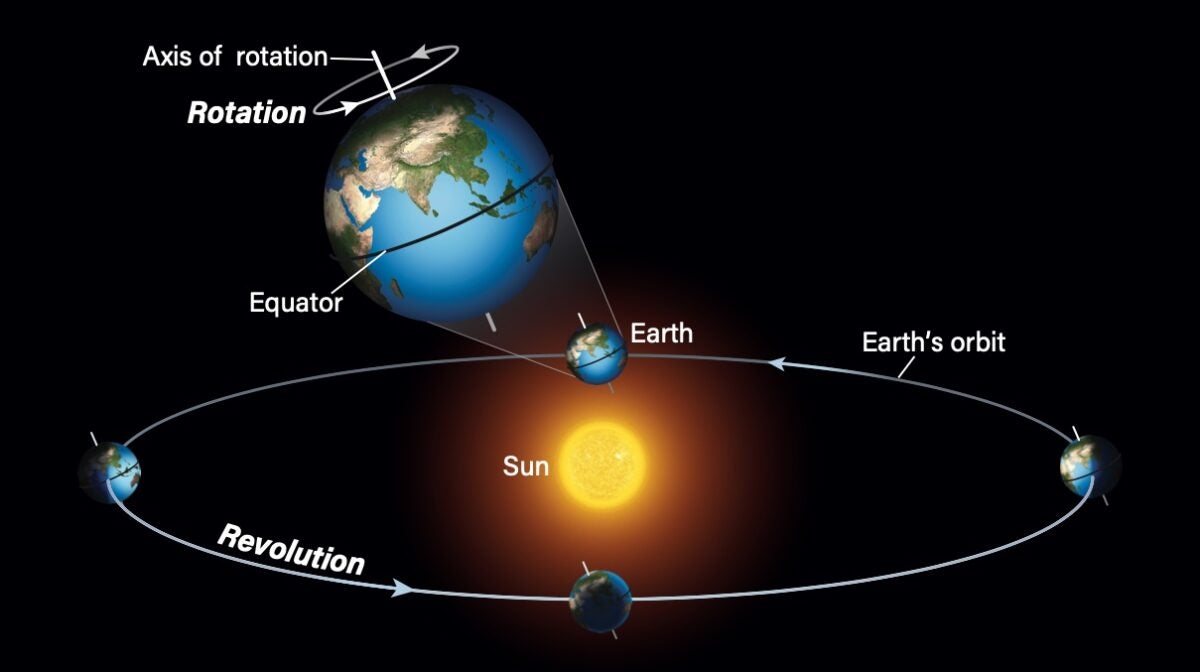
22. What’s the difference between rotation and revolution?
Rotation is the spinning of a body on an axis, like a twirling ballerina. Its axis is the imaginary line between the North and South poles. Earth rotates once a day. Revolution happens when one body orbits another, moving through space along a giant ellipse. Earth revolves around the Sun once a year.
23. Who first stated that Earth was round and not flat?
For many years, scholars thought that the Greek philosopher Pythagoras had come up with this concept. However, no evidence exists for that. The earliest reference we have for a round Earth comes from the Phaedo, a dialogue written between 388 B.C.E. and 367 B.C.E. by the Greek philosopher Plato.
24. How much energy does the Sun emit in one second?
In the Sun’s core, fusion is converting some 600 million tons of hydrogen into 596 million tons of helium every second. The remaining mass (less than one percent of the total) becomes energy. The result? Each second, the Sun is producing 383,000,000,000,000,000,000,000 kilowatts of power.
25. How many craters are on the Moon?
Recent studies have identified more than 2 million craters on the Moon. Of these, 6,972 have diameters of 12.4 miles (20 km) or larger. It’s estimated that 83,000 craters have diameters greater than 3.1 miles (5 km), and 1.3 million are 0.62 mile (1 km) or larger. However, the surface of our satellite contains only 9,137 craters that are officially recognized and named by the IAU.
26. Is there water on Mars?
Yes — however, all the surface water on the Red Planet is now frozen as ice. Mars’ south polar ice cap alone contains enough ice to cover the planet in a sheet roughly 36 feet (11 meters) thick. Planetary scientists also think that some 4 billion years ago, Mars had a liquid ocean that may have covered one-third of the planet.
27. Which is the reddest naked-eye star?
That would be carbon star V Hydrae, a variable star in the constellation Hydra. It normally hovers at 6th magnitude, but can drop to 12th magnitude at the faint end of a 17½-year cycle. If you look at it through a telescope, defocus the image slightly to make the color more apparent.
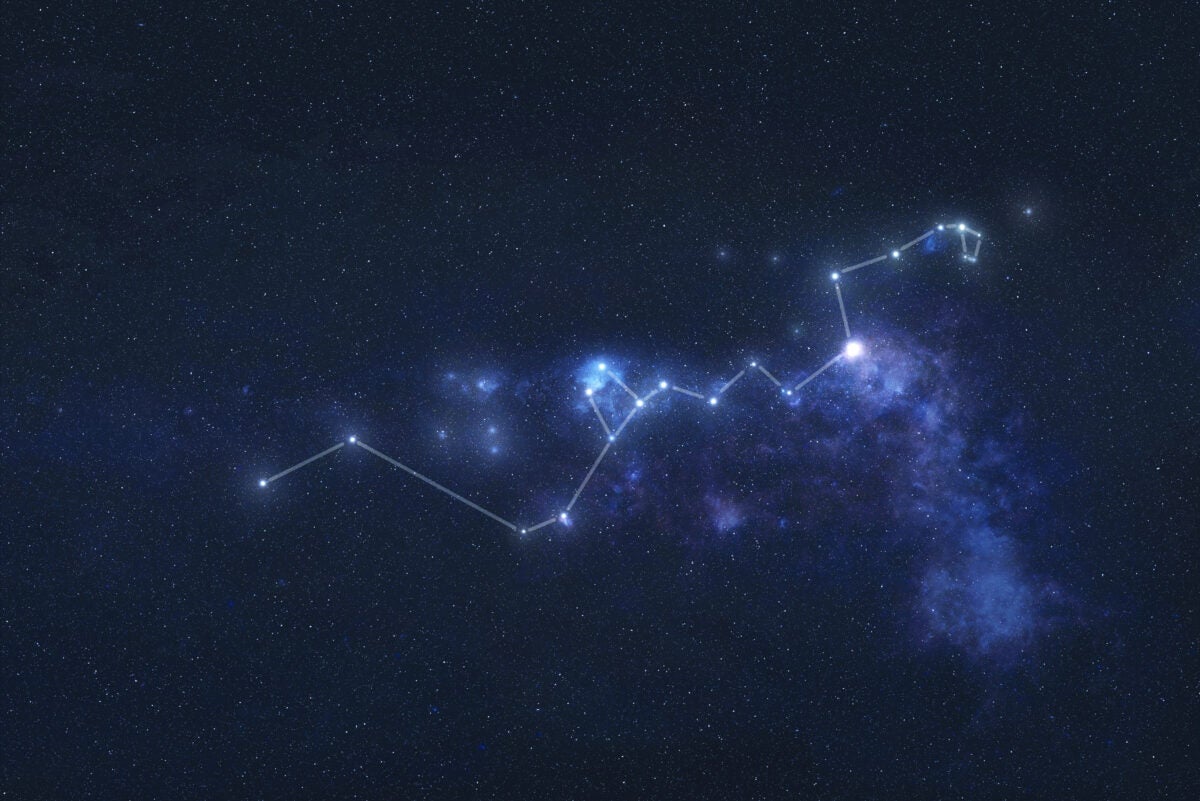
28. Which constellation is largest?
Hydra the Water Snake is the largest constellation. It covers 1,302.84 square degrees, or 3.158 percent, of the sky. The next two largest star patterns are Virgo (1,294.43 square degrees/3.138 percent) and Ursa Major (1,279.66 square degrees/
3.102 percent). This trio can be seen in the Northern Hemisphere’s spring sky.
29. How many chemical elements are in the Sun?
Spectral analysis has identified 67 chemical elements in our daytime star. The two most abundant by far are hydrogen (91.2 percent of all atoms) and helium (8.7 percent). Rounding out the top 10 in abundance are oxygen, carbon, nitrogen, silicon, magnesium, neon, iron, and sulfur.
30. How many exoplanets are there?
As of this writing, there are 5,765 confirmed exoplanets in the Milky Way Galaxy. For the latest statistics, see http://exoplanetarchive.ipac.caltech.edu/docs/counts_detail.html.
31. What is a black hole?
This amazing object is the end product of the largest supernova explosions. (Note I’m talking here about stellar-mass black holes, different from supermassive black holes; see the next question.) As part of the explosion, the star’s core collapses to a point where gravity overwhelms every other force. Nothing — not even light — can escape from a black hole.
32. What is a supermassive black hole?
A supermassive black hole is one with a mass greater than 100,000 times that of the Sun. They reside in the centers of galaxies where the density of stars is high and where collisions cause objects to merge, although we don’t know exactly how they form. Every large galaxy, including the Milky Way, contains a supermassive black hole.
33. Is the Moon moving away from Earth?
Yes, it is. The Moon’s distance from us is increasing by 1.5 inches (3.8 centimeters) per year. Tides on Earth caused by the Moon are slowing our planet’s rotation. As our planet’s spin slows, the Moon’s speed increases and it moves farther away, to keep the whole system balanced. And here’s some trivia: Because of this increase, in approximately 600 million years, the Moon will appear so small that Earth will no longer experience total solar eclipses.
34. When will Pluto lie farthest from the Sun?
In February 2114, Pluto will reach aphelion, its farthest distance from the Sun. At that time, it will lie 49.3 AU away, which is 4.58 billion miles (7.38 billion km). Also at that time, Pluto will be traveling at its slowest orbital speed, approximately 8,280 mph (13,325 km/h).

35. What was the Great Moon Hoax?
Beginning Aug. 25, 1835, The Sun (a newspaper based in New York City) ran a six-part series titled, “Great Astronomical Discoveries Lately Made by Sir John Herschel, L.L.D, F.R.S. &c. at the Cape of Good Hope.” The articles, which were total fantasy, described various plants and animals that lived on the Moon that Herschel had “discovered” using the world’s largest telescope, which purportedly had a lens 24 feet (7.3 m) in diameter!
36. Which eclipse in our lifetimes has the longest totality?
The total solar eclipse on Aug. 2, 2027, will feature a maximum duration of totality of 6 minutes 23 seconds. That amount won’t be bested until the eclipse on June 3, 2114, which features 6 minutes 32 seconds of totality.
37. When is the next Great American Eclipse?
Although the continental U.S. will experience a total solar eclipse in 2044, it’s of short duration and passes through only three states. The next Great American Eclipse will occur Aug. 12, 2045. It features a maximum of 6 minutes 6 seconds of totality and passes through 15 states, starting in California and ending in Florida.
38. Which nighttime star is brightest?
That’s Sirius, sometimes called the Dog Star because it’s the alpha star in the constellation Canis Major the Great Dog, visible in the Northern Hemisphere winter. It glows at magnitude –1.46, which is nearly twice as bright as the next brightest star.
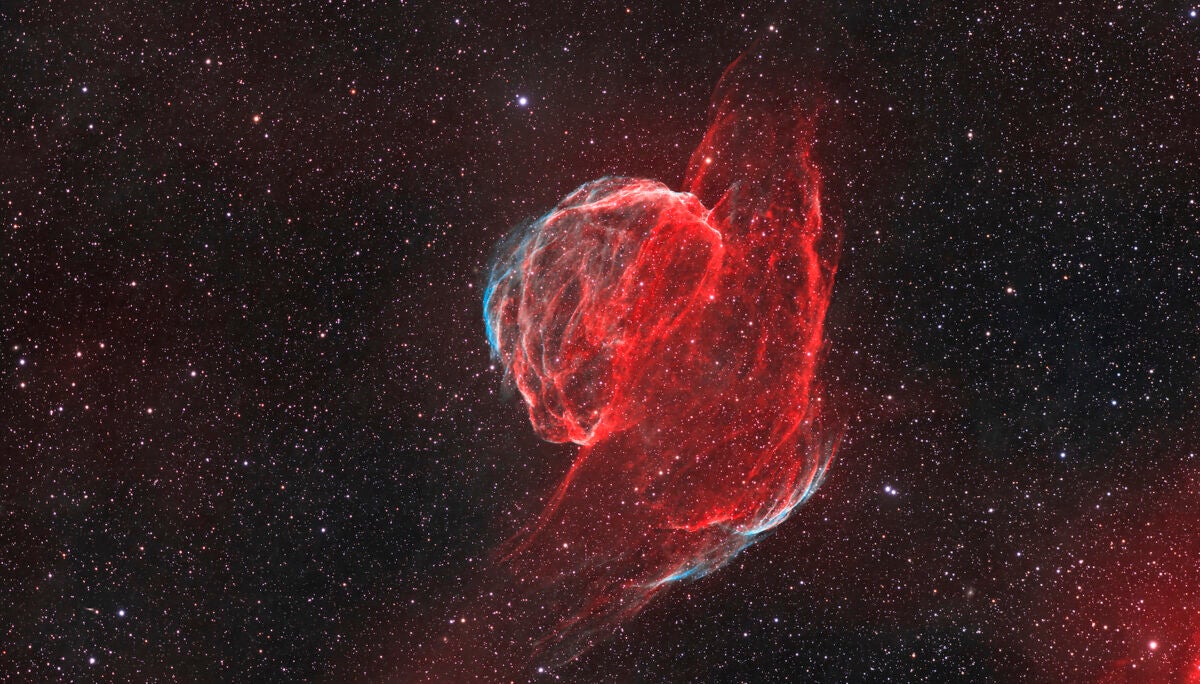
39. Why do stars explode?
Two processes can cause stars to explode. The most common, called a type II supernova, happens when a massive star uses up the nuclear fuel in its core. At this point, gravity overwhelms the outward force of radiation. The core then collapses and produces a massive amount of energy that blasts the star’s outer layers into space. A different type of stellar explosion can occur when a white dwarf absorbs enough material from a companion star or collides with another star. When either happens, nuclear fusion begins again on the surface of the white dwarf and it blows itself apart. This is a type I supernova.
40. How fast does earth travel in its orbit?
Our planet travels around the Sun in an elliptical orbit. It moves fastest when at perihelion (its closest point to the Sun, around Jan. 4) and slowest at aphelion (farthest from the Sun, around July 4). At perihelion, Earth’s orbital speed is 67,750 mph (109,033 km/h), and at aphelion it’s 65,500 mph (105,412 km/h). On average, we zoom around the Sun at 66,600 mph (107,182 km/h).

